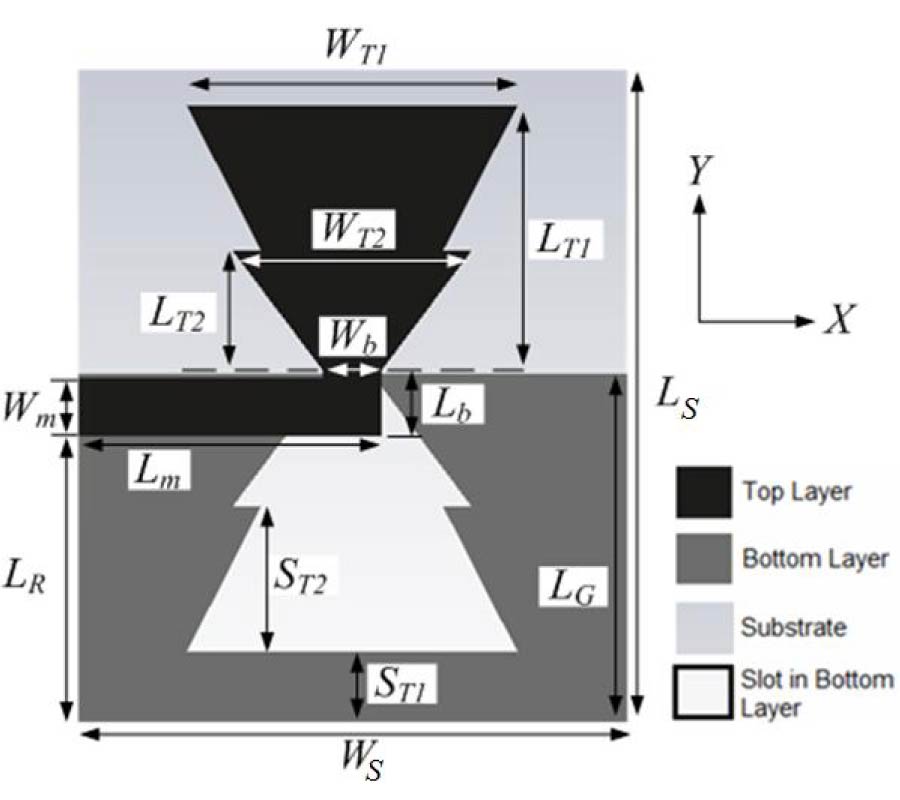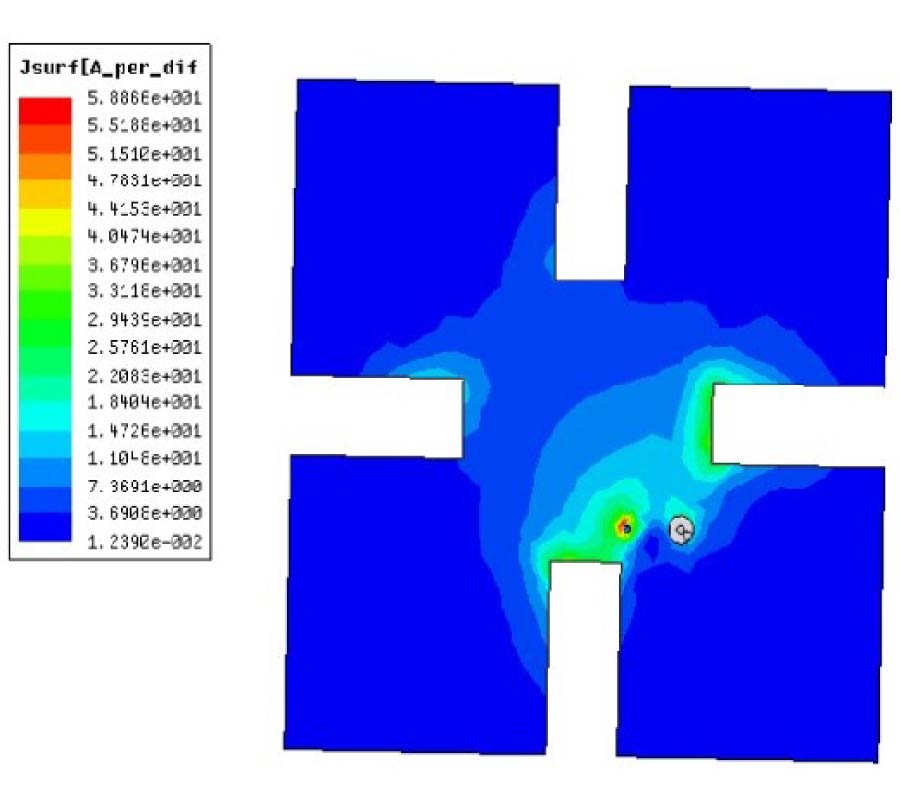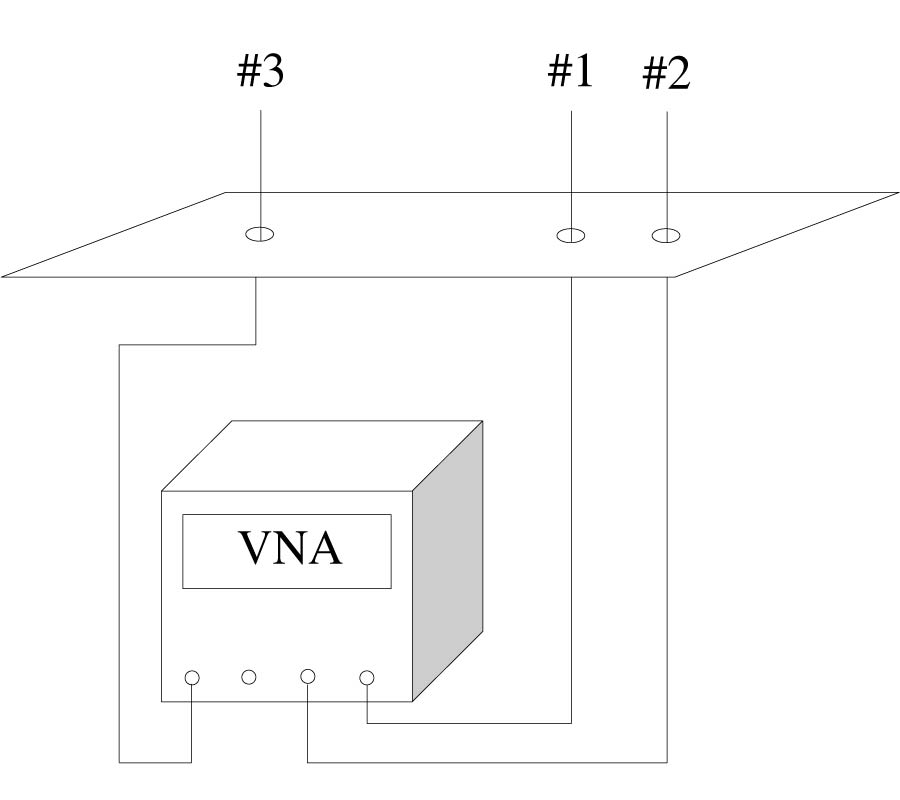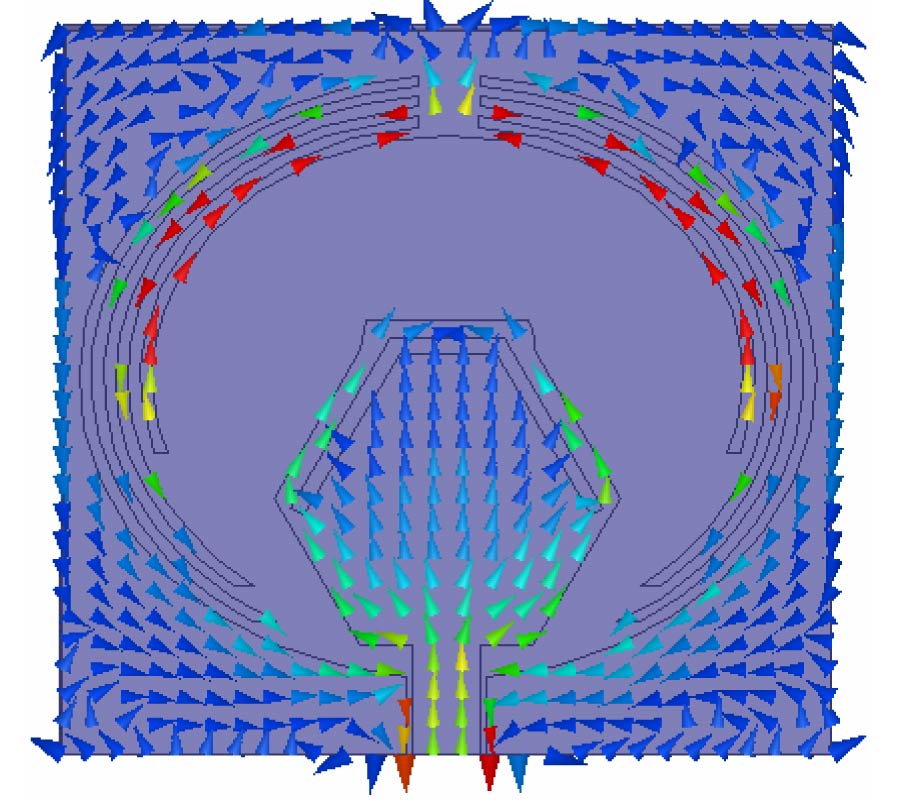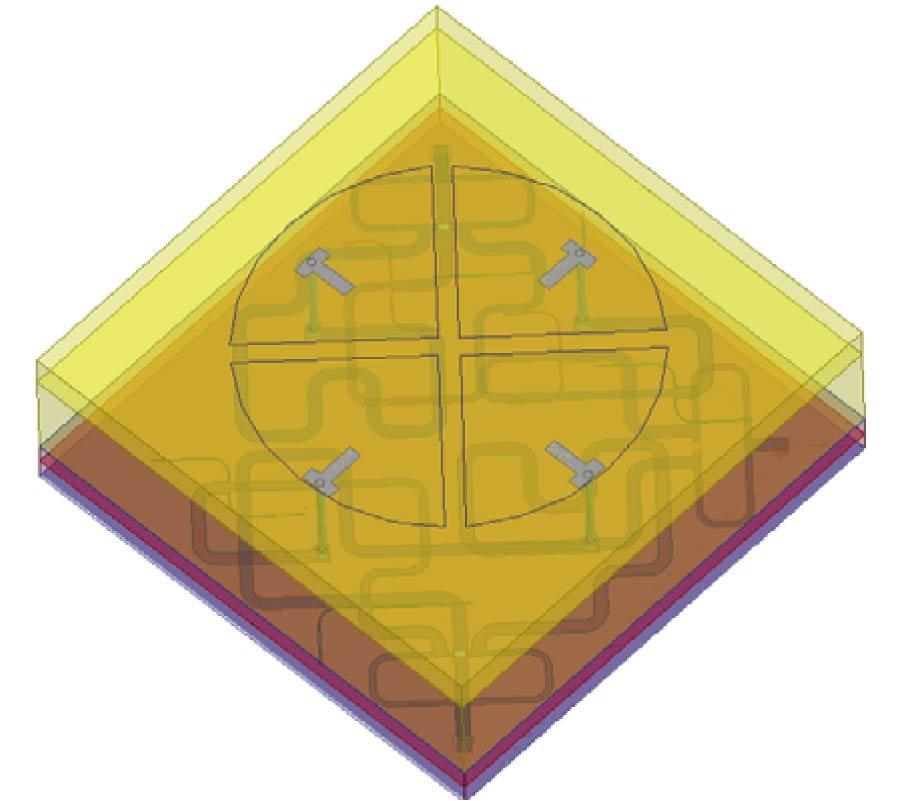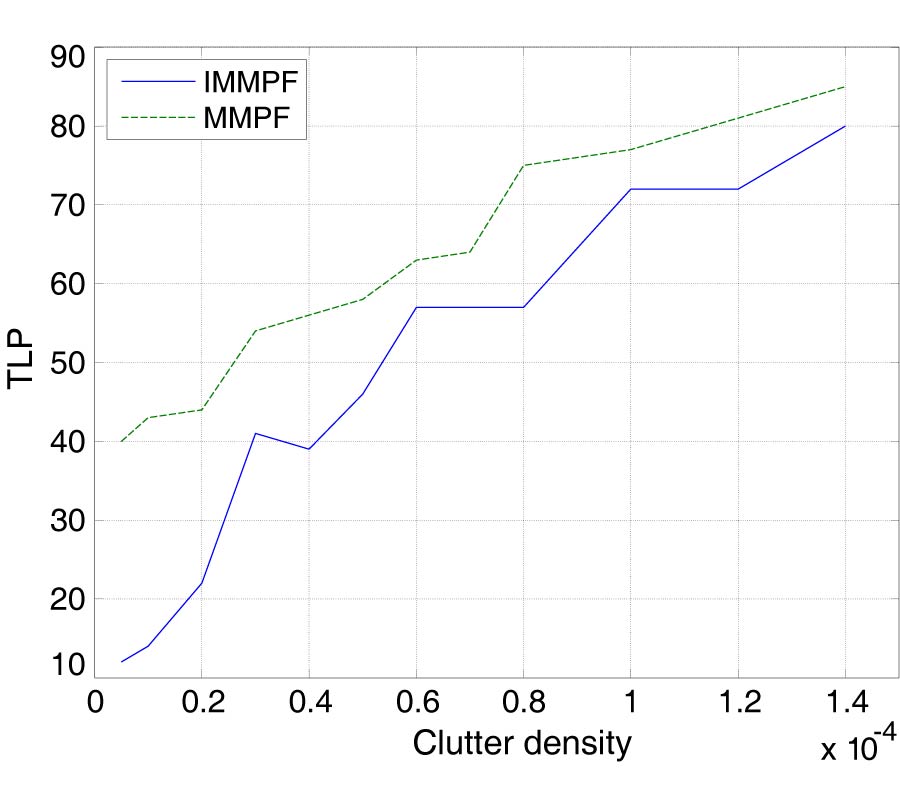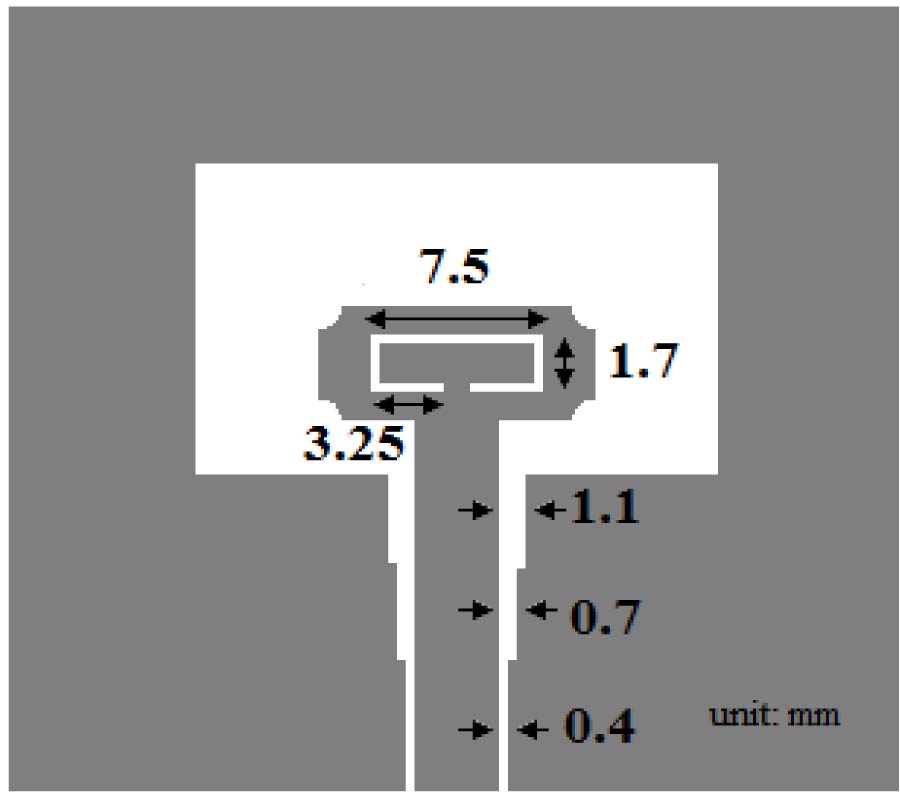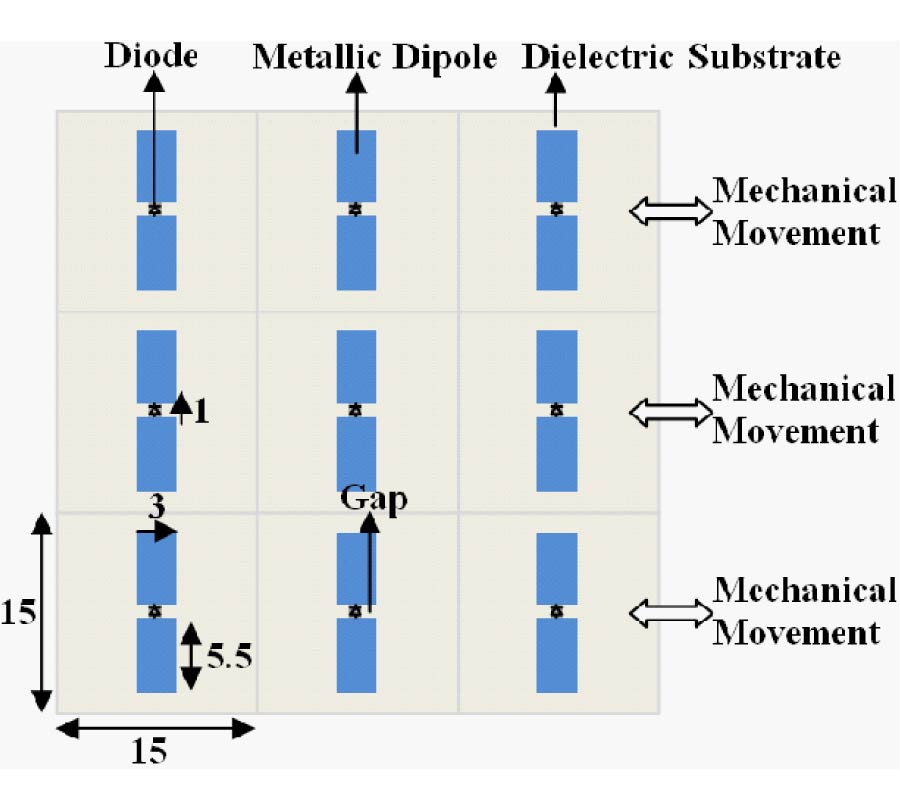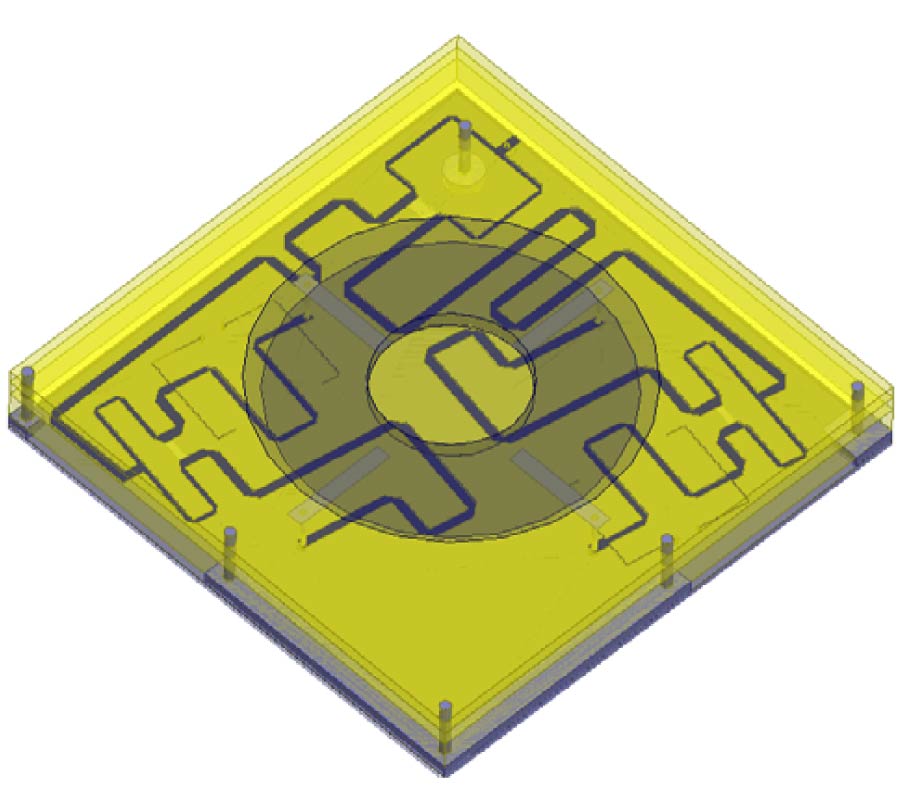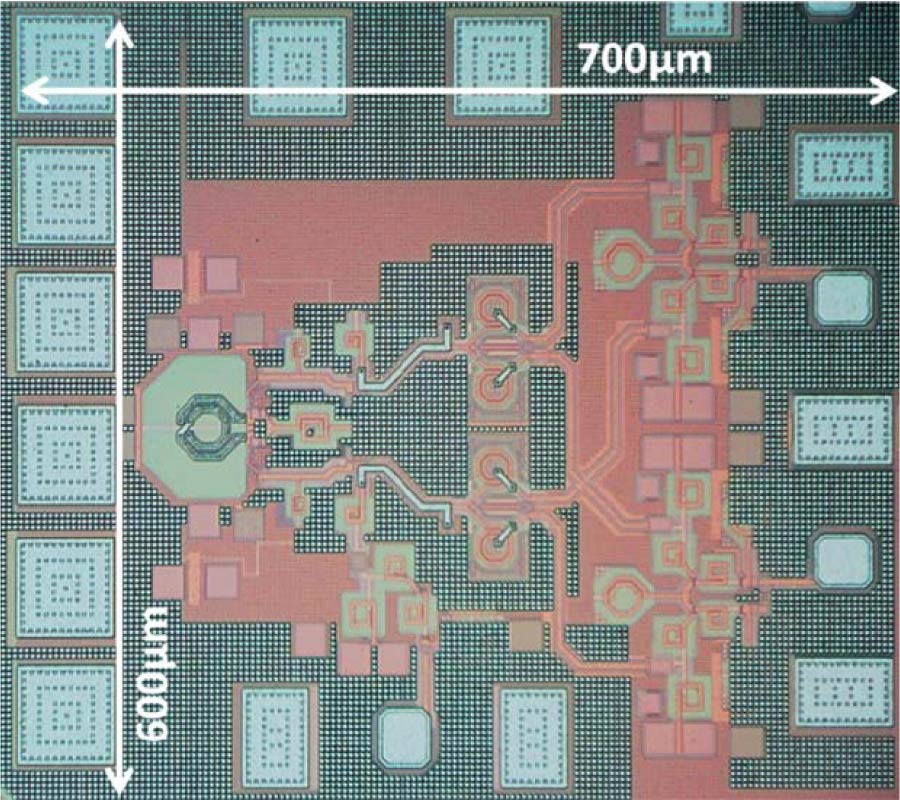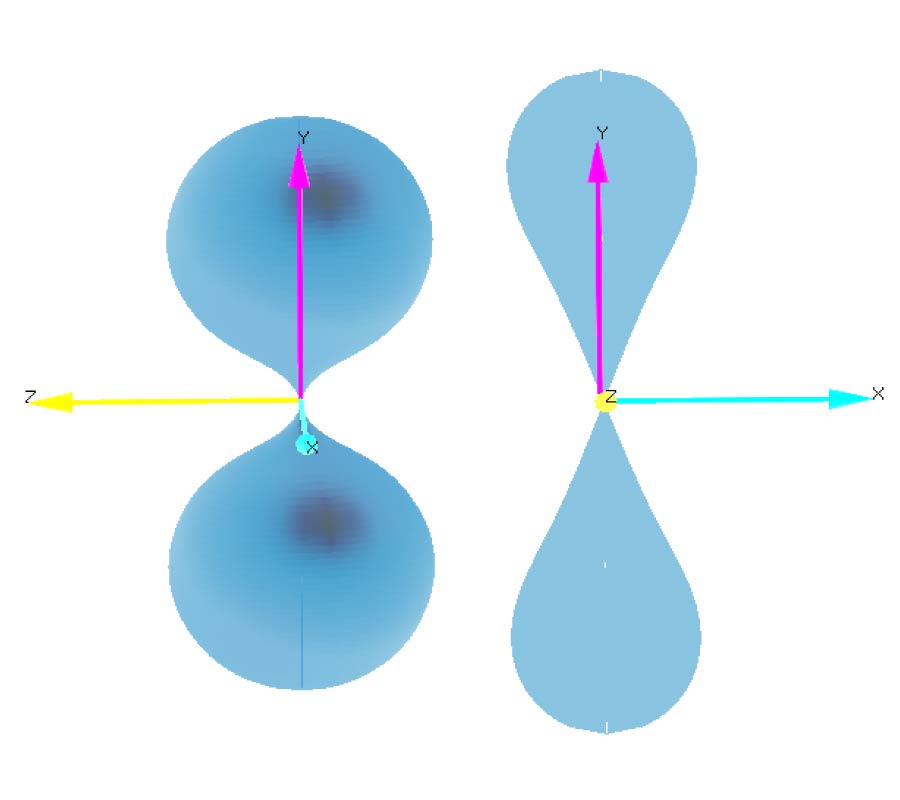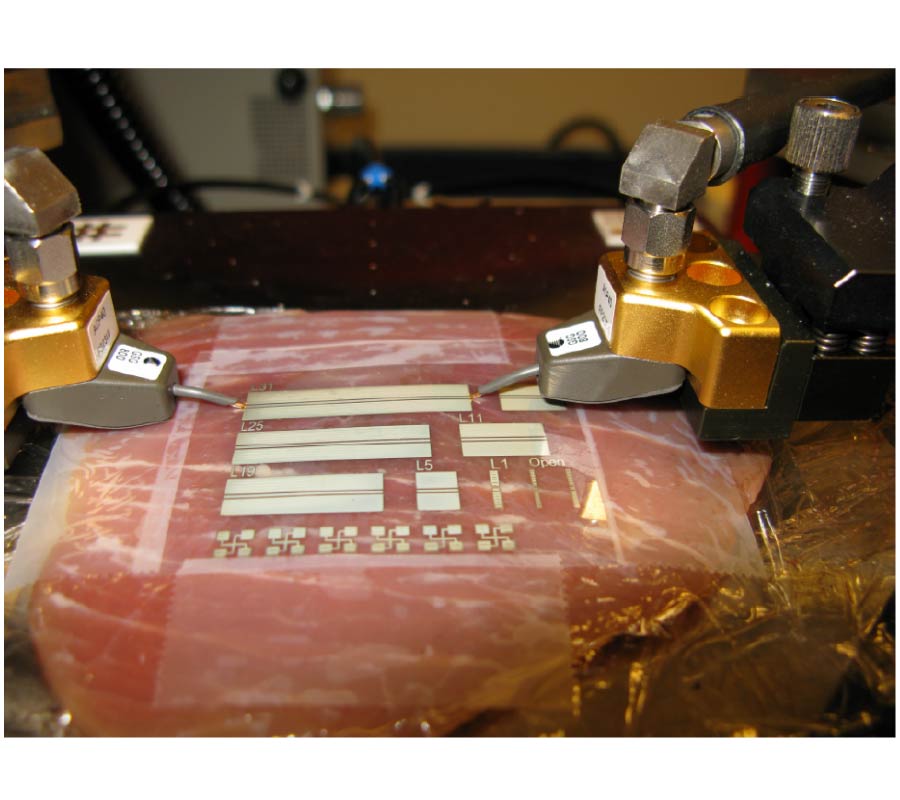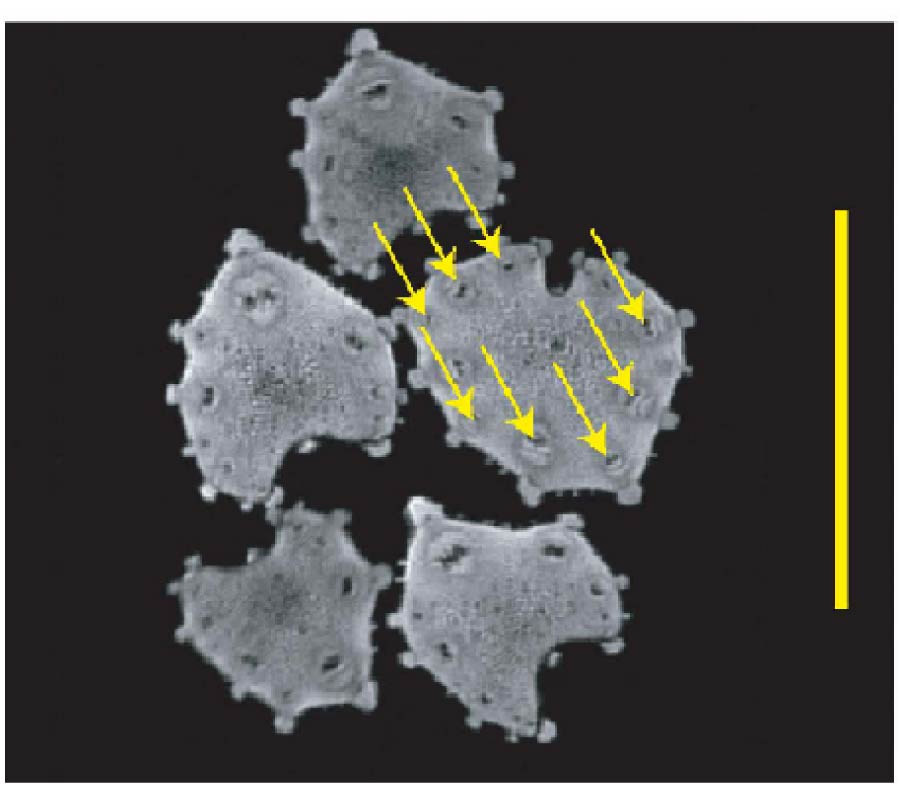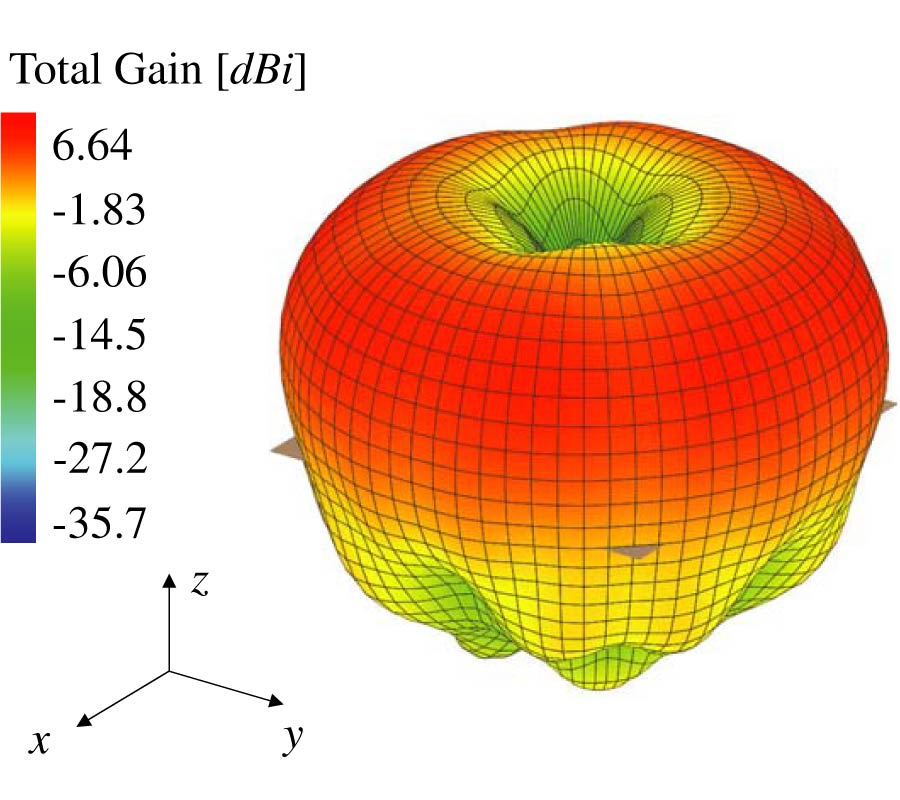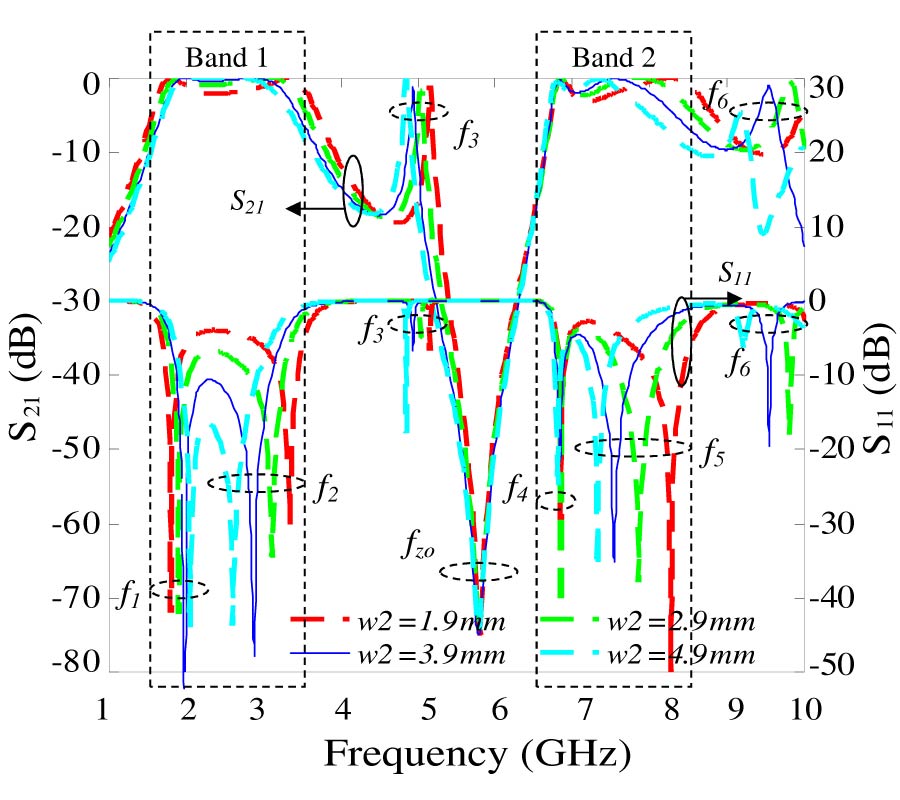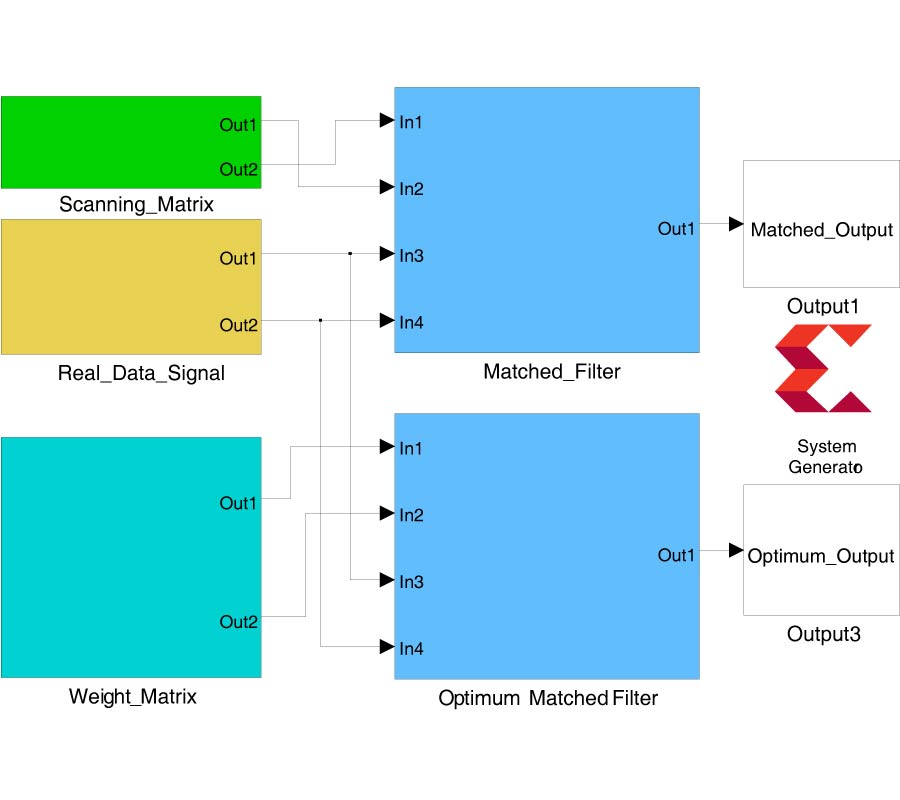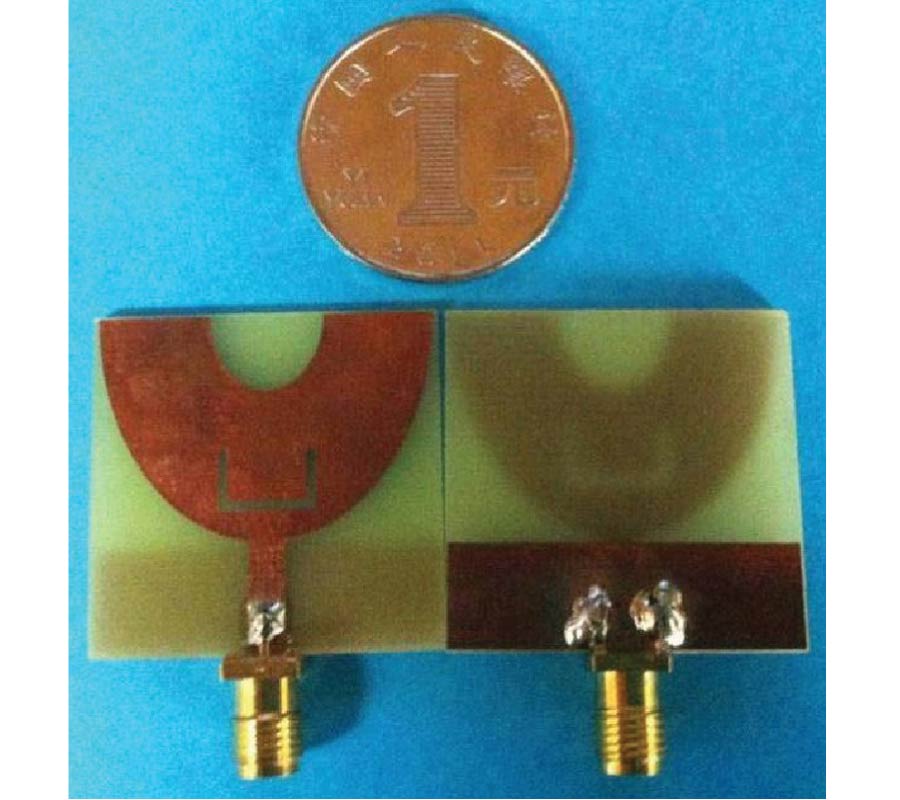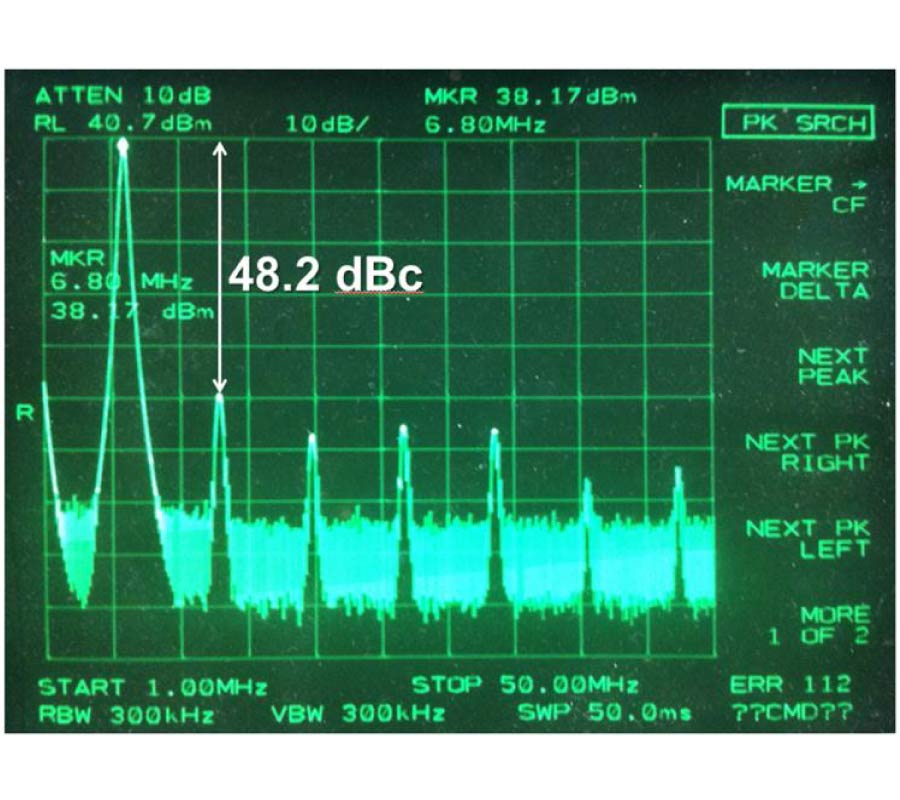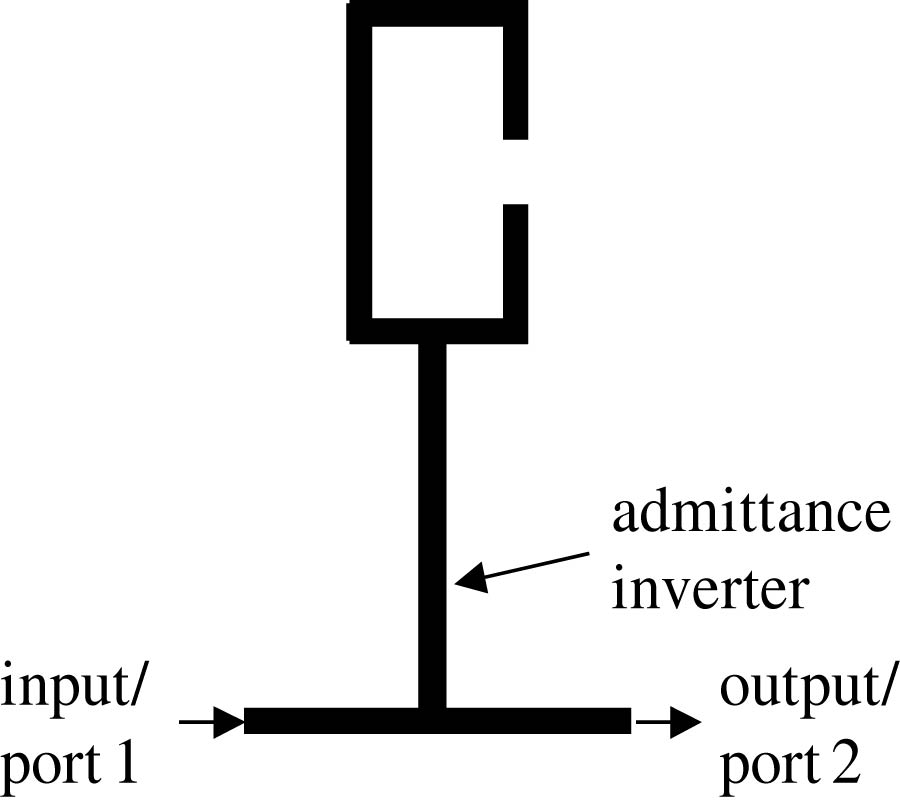Broadband Substrate Integrated Coaxial Line to Cbcpw Transition for Rat-Race Couplers and Dual-Band Couplers Design
Qiang Liu,
Yuan'an Liu,
Yongle Wu,
Shulan Li,
Cuiping Yu and
Ming Su
In this paper, broadband transitions from substrate integrated coaxial line (SICL) to a conductor-backed coplanar waveguide (CBCPW) are proposed and designed. Measurement results show that the insertion loss and return loss are better than -0.5 dB and -10 dB, respectively from 0 to 13 GHz. Then, for verifying the performance of SICL and the validity of SICL transition design, a 3 dB SICL rat-race coupler operating at 2.3 GHz is designed, fabricated, and measured. Compared with the conventional microstrip line coupler, this SICL coupler maintains good performance but with a remarkable 24% reduction in size. At last, a 10 dB dual-band coupled SICL coupler operating at 2.4/5.8 GHz is proposed, and the measured results agree well with the schematic and electromagnetic simulated results. The measured results demonstrate that the fabricated bandwidths are 30% and 12.8%, the |S31| are -10.1 dB and -10.3 dB, the directivities are 18 dB and 20 dB at the low (2.4 GHz) and high (5.8 GHz) operating frequencies, respectively. Compare with the dual-band coupled microstrip line coupler, performance of the dual-band coupled SICL coupler is enhanced.
